For the launch of i-D Asia we’re diving into the archives of i-D Japan, one of our first outposts in the region. Here, we throwback to a 2019 conversation with Japanese rapper Kohh.
It’s often said that we’re living in an era without heroes. But if artists like Kohh are in demand then perhaps it’s because we now look to anti-heroes more than the other kind. The do-gooder, old fashioned hero mould doesn’t exactly fit Kohh anyway. And it’s one of the many reasons why the Japanese rapper has captured so much attention around the world.
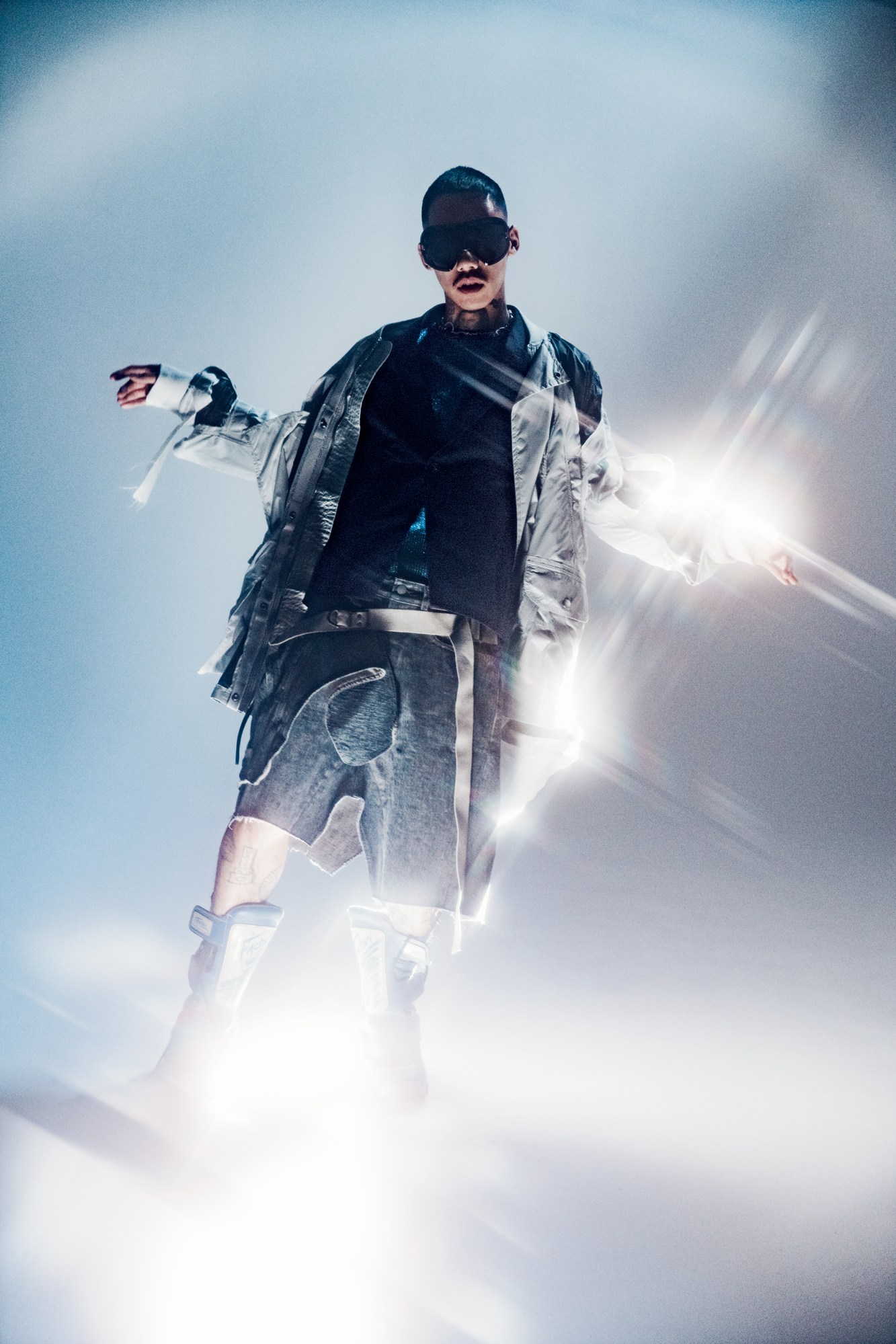
So, if Kohh was a hero and had to take on an enemy, who would he defeat? After thinking for a while, he answers, “Myself.” It’s a sentiment that’s evidenced by the line: “I’ve just come this far, but I’m still not ready / I’ll just do it without slacking off,” on the song ‘Imma Do It’ from his album UNTITLED. His stoic approach to creative work has been well-documented in the past, but his latest album in particular is marked by trial and error in order to overcome his past self. However on another song ‘Maa Shouganai’ Kohh sings, “Everything is automatic in this life, it is a Tesla.” While he completely devotes himself to his creations, he sometimes drifts between one philosophy and another. “I think there are some contradictions. Here I am saying this at the time, but later saying something completely different.”
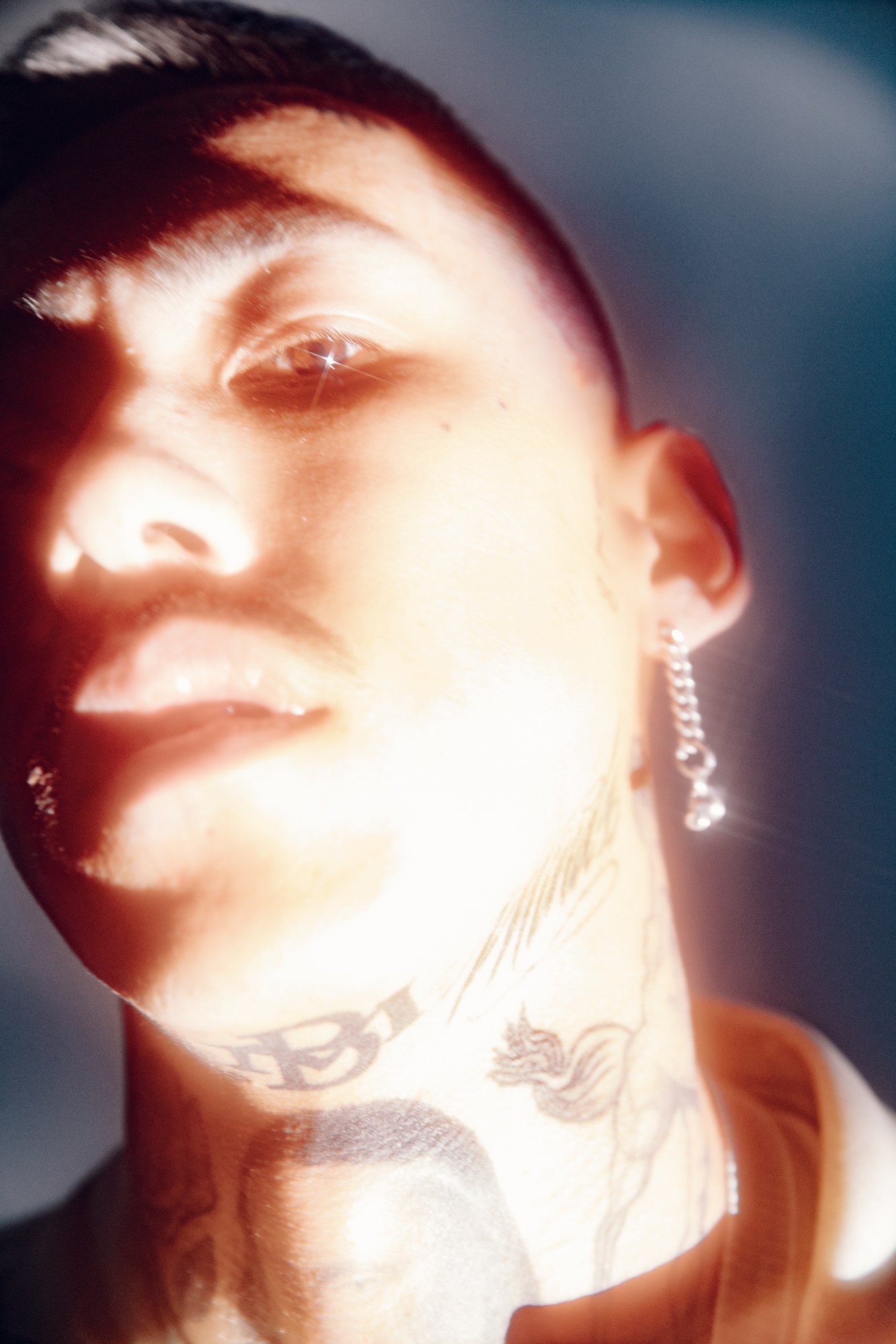
His latest album UNTITLED was released suddenly in February 2019, and it opens with a surprising start. The first song ‘Hitotsu’ starts with an ambient piano melody and runs in parallel with heavy strings. It’s more of a dramatic, melodious song rather than rhythmic rapping. This is the antithesis of the opening of previous work, 2016’s DIRT II, in which he sings or shouts with metallic distorted guitar rhythm. So why did he decide to put this song as the first? “‘Hitotsu’ is my favourite song, but I didn’t put it first because of that. I basically decide the order of songs with a producer, 318.” Like most rappers, Kohh’s relationship with his producer, named 318, is key to his vision. 318 explains, “We always want to do what listeners don’t expect. Listeners may have expected a hard rock song after DIRT II, and that’s why we chose ‘Hitotsu’ as the first song for this new album — to defeat their expectations…”
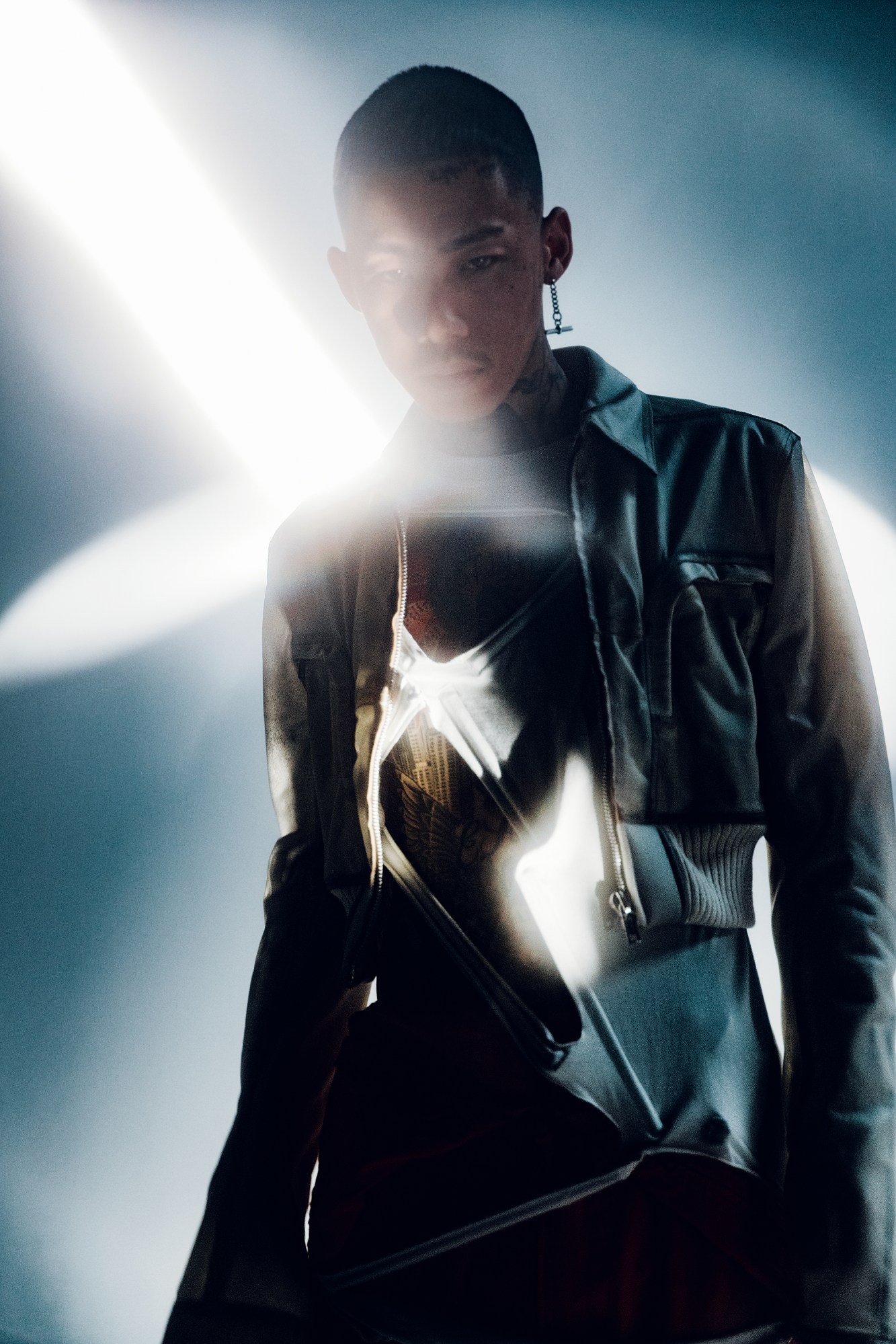
On this album Kohh’s sound is not the only surprising thing. Similarly, the lyrics also show new expressions that we’ve not heard from the artist before. The words are still easily understood at first glance, but if you pay more attention on another level they’ll reveal themselves further, and stick in your mind thanks to Kohh’s clever phrasing. His relaxing voice doesn’t express unnecessary emotion, and often sounds flat, but it lingers with a quietly intensifying heat.
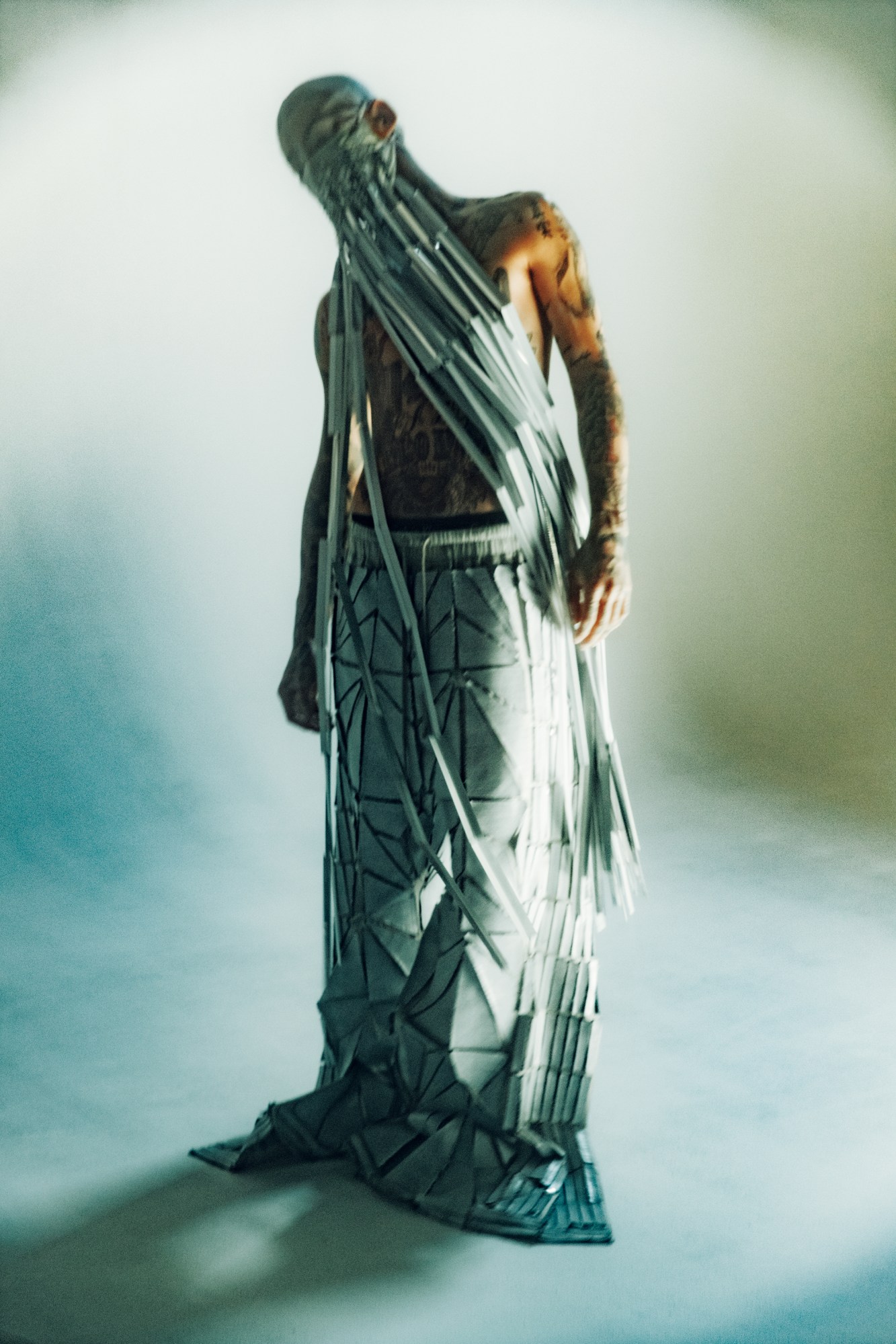
After working on collaborations with other artists like Frank Ocean and Hikaru Utada, it would be tempting to see these names as influences on his latest work. However Kohh’s answer to the question defies expectations, “I didn’t recognise any changes. I just create songs following my mood at that time.” From a practical sense, his approach to his work seems to be calmly living in his mood at that time, before temporarily concentrating on the moment of creation. His moods are always changing and they cannot be collected as one thing. In other words, he focuses on and records himself in every situation in a sense of meta-perspective.
“With many songs on the album, I didn’t pre-write the lyrics and they were recorded as freestyles. I just sang until the beats ended without thinking anything. It’s a pain in the ass to write, so I just sing. And then, it happens — something I never imagined. After recording, I find what I’ve sung and my flow. I just enjoy it and play,” says Kohh. When he works in a freestyle state Kohh can’t help but turn out a tremendous amount of work. “I sometimes become too absorbed in creations. I made 15 songs in three to four days the other day,” he says. “Many ideas come to mind, and I cannot fall asleep in bed. I call it ‘invincible mood,’ in which mood, I record songs successively with many different beats. I sometimes record while sitting in a chair and almost sleeping.” It’s an easy time to be a workaholic for today’s artists, living in an era where you can record on your own more easily than ever before. “In UNTITLED, there are lots of songs which I recorded many years ago, and they feel old to me now. I’m creating completely different types of songs.”
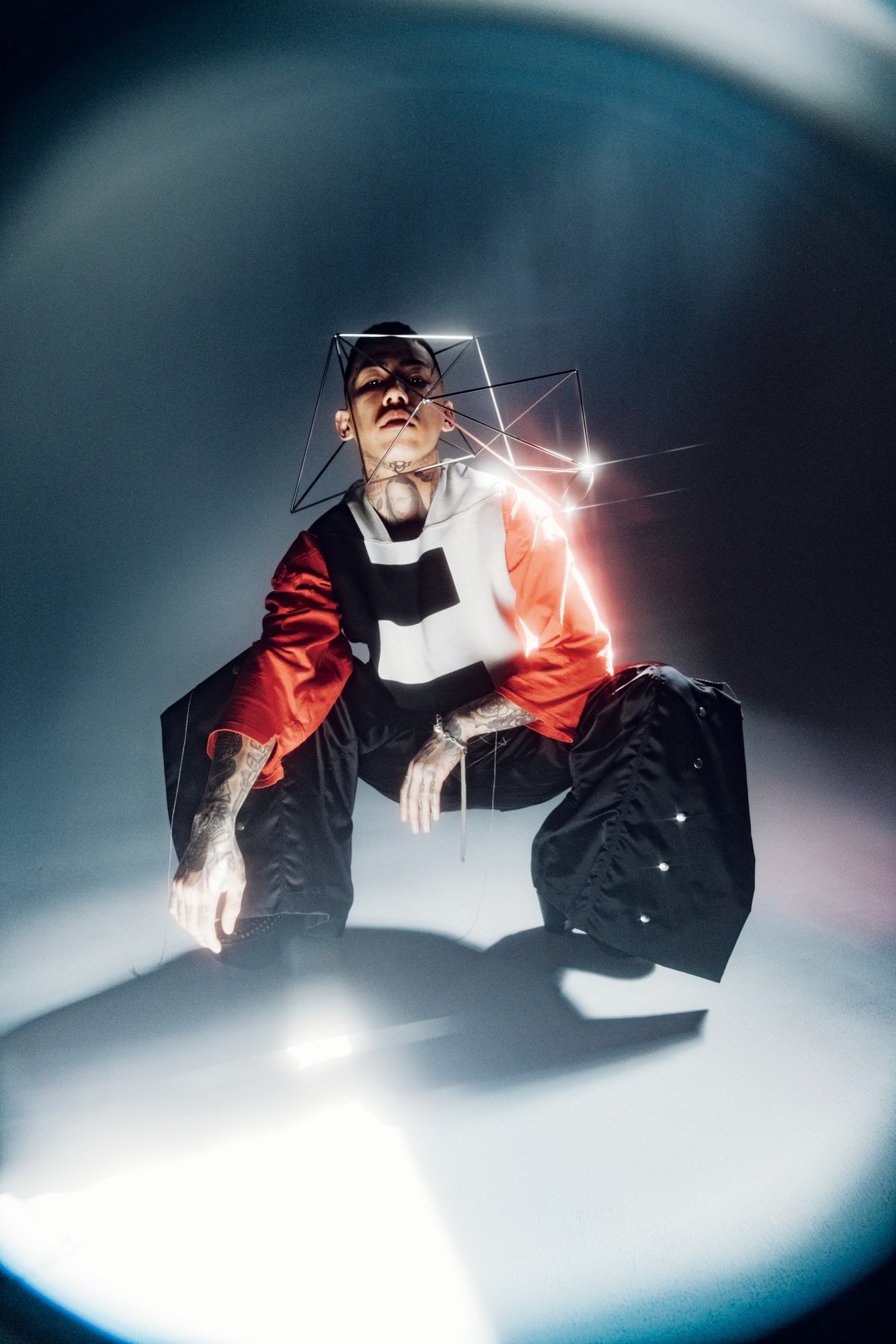
The album is coloured in a variety of moods, ‘I’m Gone’ the second last song of the album is, in particular, more unique. It has an impressive voice with deep echoey reverb and few lyrics: “I’m gone / I still remember the old days.” In the second half, it has a bass sound like a ghost and whispers in your ear: “I don’t have anything to see / I’m gone / I don’t have anything to say / I’m gone.” When KOHH asked me for my impression of the song, I answered that I’m almost scared when I listen to it with my eyes closed, due to the sound mixed with dark beats and voice effects. He told me, “I made it from the perspective of the dead.” Shifting the personalities of the lyric in this way is a way of expressing one’s unconscious self, which seems to freeze up with an awakened gaze.
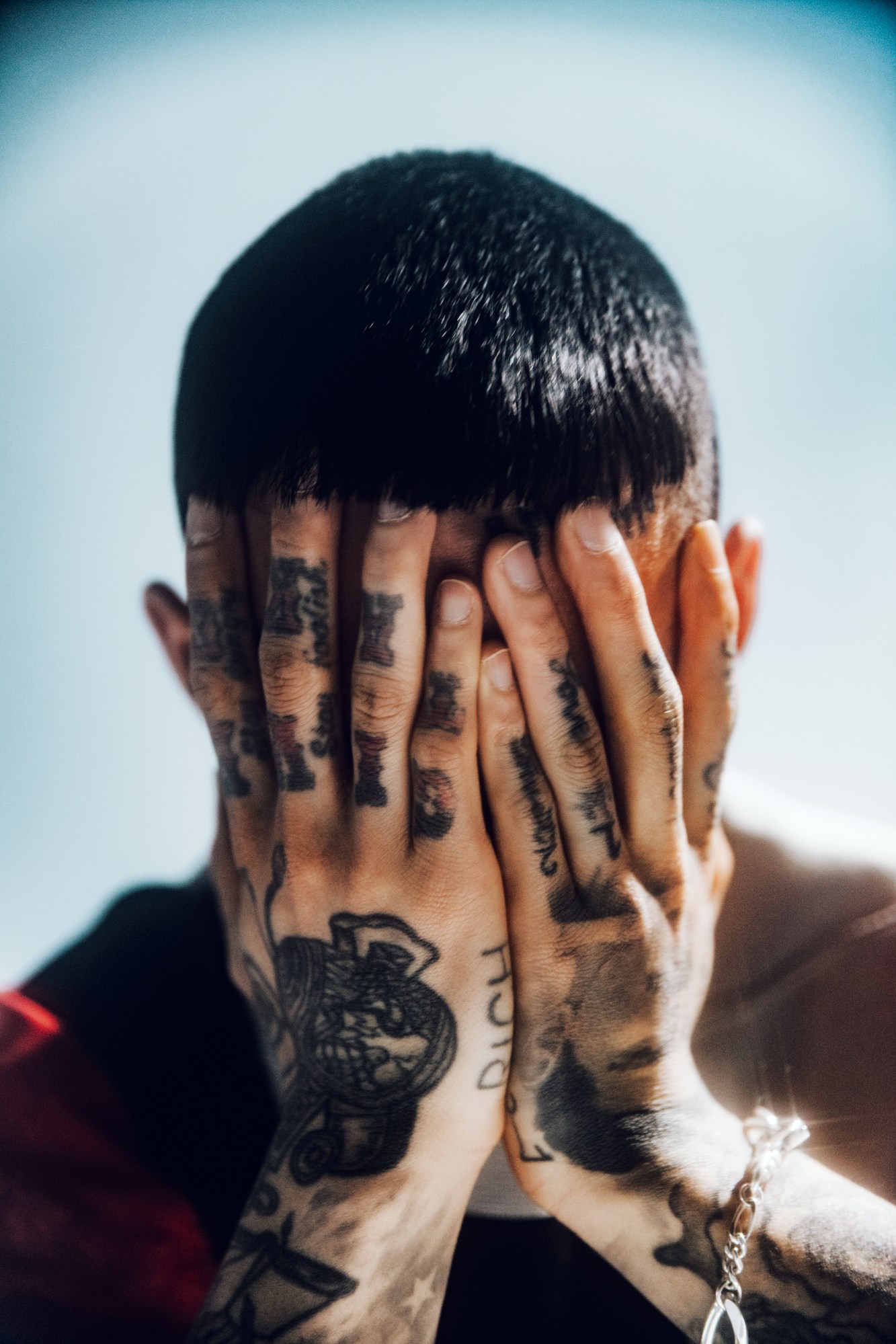
If choosing good beats is one of a rapper’s best talents, what are KOHH’s standards? “I think [a beat] becomes naturally matured when a rapper adds lyrics.” 318 collects beats from a variety of beatmakers, but Kohh himself often searches for beats on YouTube and SoundCloud. On the other hand, there are some beats that have been prepared over time, specifically for Kohh’s direction. “I actually made the tracks ‘One’ and ‘Rope’ by recording the 24-piece strings live. That’s why I wanted to put them as the opening and the closing of the album, [respectively],” says 318, explaining his intentions for the album’s composition.
Indeed, these songs are two sides of the same coin on this album. They have the strongest message and seem to be a far cry from the image we’ve seen of Kohh in the past. If you listen to the album as a loop, you’ll notice that ‘One’ comes after ‘Rope’ when the album begins over. It creates a circular structure to the album. However, the endless movement of the circle is also at odds with the transitions that Kohh embodies. After-all, it was Kohh’s thoroughly realistic and enlightened gaze that made this work possible. And in the end, we can’t take our eyes off the trajectory of Kohh’s evolution.
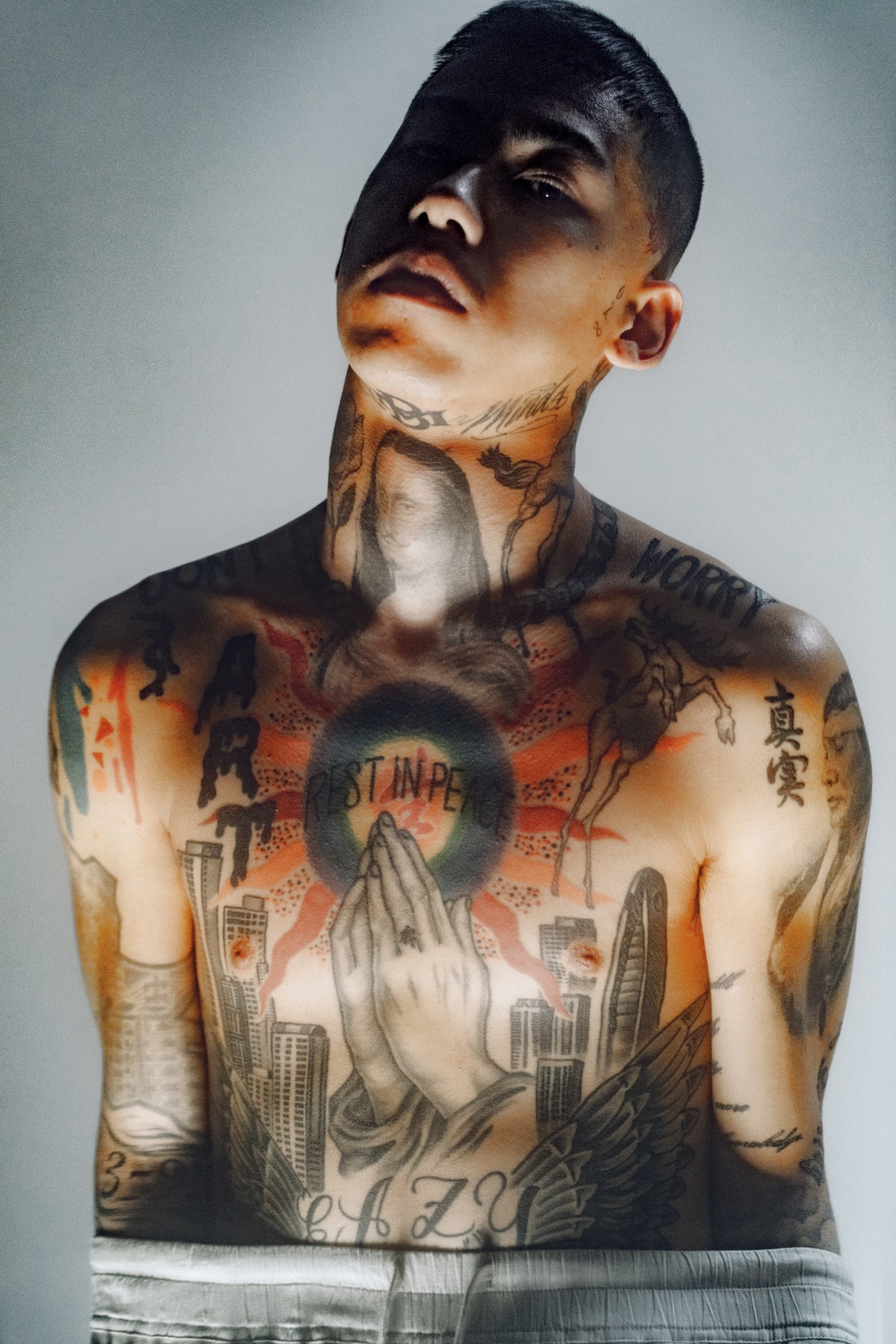
Credit
Text Masashi Yasuda
Photography Toki
Styling Ryota Yamada
Translation Akiko Nakazumi
This article was originally published on i-D Japan and has been edited and condensed for clarity.
